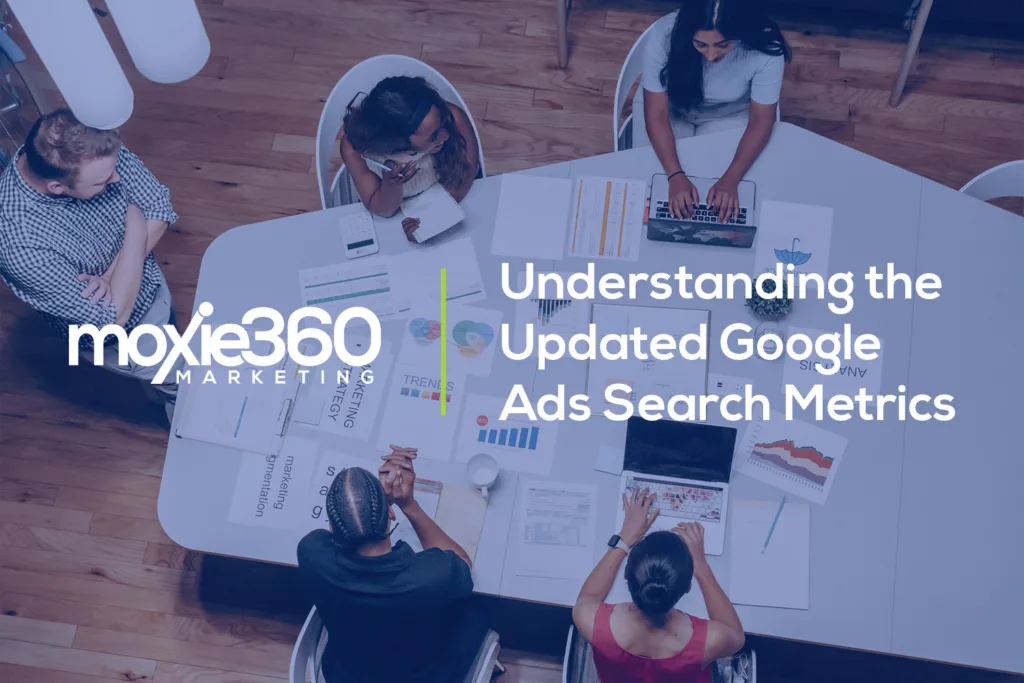It is important for marketers to stay updated on the ever-changing digital advertising landscape to improve their campaigns. Recently, Google Ads announced updates to its search ads metrics, particularly focusing on how it defines and displays top ads. Here’s what you need to know about these changes and how they can impact your advertising strategies.
New Definitions in Google Ads Metrics
Google Ads is revising the definitions of several key metrics in their Help Center, which include:
- Top Ads: Previously, top ads were primarily known to appear above organic search results. However, with the new definition, top ads can also appear below organic results for certain queries. This change acknowledges the varying prominence of ads based on user searches and the dynamic nature of page layout.
- Absolute Top Ads: These are the ads that appear in the very first ad position above all organic search results. Understanding the distinction between top ads and absolute top ads is crucial for advertisers aiming to maximize visibility.
- Prominence: This metric now provides more detailed insights into how visible your ads are in comparison to others. It considers the positioning and the likelihood of your ads being noticed by potential customers.
These updated definitions are designed to give advertisers a clearer understanding of their ads’ performance and placement in search results, allowing for more precise adjustments and optimization.
Segment Utilization and Target Impression Share Bidding
One of the highlights of the update is the emphasis on using segments in your reporting tables. This approach allows advertisers to see more granular data about where their ads appear and how they perform in different positions. This can be particularly useful for understanding the impact of ad placement on click-through rates and conversions.
Also, the update gives more information about Target Impression Share bidding. The update provides additional details on Target Impression Share bidding. This bidding strategy automatically adjusts bids to help your ads secure a specific percentage of impressions in top positions. This strategy is ideal for businesses that prioritize visibility over other metrics like cost-per-click or return on ad spend.
Practical Implications for Your Ad Campaigns
Understanding these new definitions and how to apply them in practical scenarios are vital for any marketer. Here are a few ways to leverage this update:
- Review and Adjust Your Campaigns: With the new definitions, it might be necessary to revisit your current campaigns and adjust your bidding strategies or your ad content to better align with how ads are now categorized by Google.
- Analyze Ad Performance with New Segments: Utilize the newly emphasized segments to drill down into your ads’ performance data. This can provide insights into which positions are most effective for your specific goals, be it generating clicks, increasing visibility, or driving conversions.
- Educate Your Team: Make sure that everyone involved in your digital marketing efforts understands these changes. This can help in unified strategy formulation and implementation across your campaigns.
As Google Ads continues to refine its platform, it’s essential for advertisers to stay informed and adapt their strategies accordingly. By understanding and implementing the updated metrics and definitions, marketers can better position their ads, refine their targeting, and ultimately, enhance their overall campaign effectiveness.
For further assistance on how to navigate these changes and optimize your Google Ads campaigns, connect with Moxie360 Marketing. Our team is equipped to help you turn these updates into opportunities for your brand.


